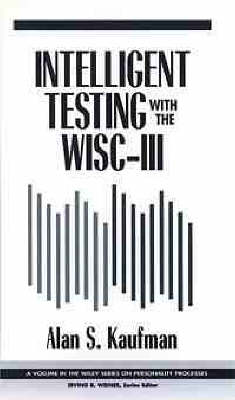Wiley Series on Personality Processes
2 total works
Rationally integrates arguments for and against intelligence tests to synthesize a sensible approach to the interpretation of the WISC-R. Integrates research and theory so that extrinsic factors are intelligently applied. Personally developed by the author, the method is based firmly on--and justified by--empirical, statistical grounds with a focus on logical interpretation of a WISC-R profile. Includes comprehensive case reports as well as evaluative summaries and overviews of research and theory in areas such as neuropsychology, cognitive style, fluid vs. crystallized intelligence, memory, and factor analysis.
The WISC is the most widely used children′s IQ test in the world. This superlative text––replacing the author′s earlier volume dealing with the WISC–R–– provides examiners with a sensible, systematic method of interpreting WISC–III test profiles. Outlines seven steps which allow examiners to organize these scores in meaningful ways. Enables them to understand a child′s specific areas of strength and weakness and to translate these cognitive assets and deficits into appropriate suggestions for intervention. Includes 10 comprehensive case reports to effectively illustrate the procedure, plus numerous valuable tables not found in other publications.

